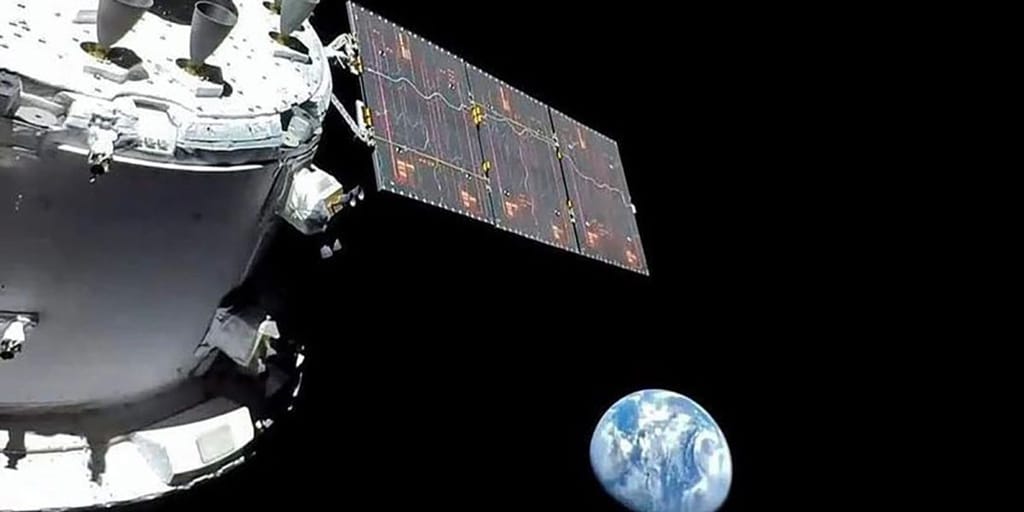TheShuttleExperience
Well-known member
In the shadow of the polar region?Think electric.
In the shadow of the polar region?Think electric.
Might not be a an unlikely scenario. But it doesn't seem very likely that dust is propelled just slightly above the very uneven surface into an orbit to just return unhindered at the same place after going around.The rockets will blow dust at enough speed to get it into orbit (and also escape), and some of it returns after a lap around the Moon.
That's very interesting!! Maybe also with orbiter it could be "simple" to assess the impact velocity and tell whether some debris could be visible from Moon orbit by another orbiter (beyond some velocity I guess only a crater could be visible....). Naive thoughts?Putting the pieces back together, it does seem that it was an overburn.
The burn was at 11:10 UTC, and LOS at 11:57 UTC, so 47 minutes from burn to surface. Firing up Orbiter and burning from 100x100 to 100x18, then burning again for half of the time of the first burn , the vessel hits the surface 46 minutes later, so IMO that scenario seems very plausable. The crash site was about 135º away from the burn, so it ended up a bit north of latitude 45º south.
(I didn't try to simulate the original orbit, so Orbiter can narrow down the crash site even further)
I guess at least the ejecta from the oblique impact would be visible.That's very interesting!! Maybe also with orbiter it could be "simple" to assess the impact velocity and tell whether some debris could be visible from Moon orbit by another orbiter (beyond some velocity I guess only a crater could be visible....). Naive thoughts?
This sounds like politically motivated leadership that thinks that they can over-rule the laws of physics by shouting louder. There's no way this could happen in Russia!According to one rumor surfaced on August 20, the Onboard Flight Control System, BKU of the lander mishandled the so-called variable thrust controller (privod regulyatora tyagi), which manages the operation of the propulsion system on Luna-Glob. Around the same time, the official Russian media quoted IKI scientist Natan Eismont as saying that the problems with the spacecraft had been discovered well before the fatal orbit-lowering maneuver, which would have to be postponed to deal with the problem. According to some speculations on the Russian social media, the mission managers were pressured not to postpone the transfer to a lower orbit in order to beat an Indian lander to the lunar surface, which was scheduled to touch down near the South Pole of the Moon on Aug. 23, 2023.
https://www.russianspaceweb.com/luna-glob-flight.html
#priorities
yes, we decided to take a more difficult path, unlike NASA, and bring something new to scienceThis sounds like politically motivated leadership that thinks that they can over-rule the laws of physics by shouting louder. There's no way this could happen in Russia!
Changing an orbit is "a more difficult path"?yes, we decided to take a more difficult path, unlike NASA, and bring something new to science
yes, we decided to take a more difficult path, unlike NASA, and bring something new to science
no one really bet that everything will work out
Crashing things into the lunar surface isn't yet a new idea, even for the soviet union.
Changing an orbit is "a more difficult path"?
the new rocket worked 10 out of 5I think the new and untried path is: Replacing Ukrainian components and expertise in Post-Soviet spaceflight by Russian components.
yes, we decided to take a more difficult path, unlike NASA, and bring something new to science

the new rocket worked 10 out of 5
hard landing due to transponders or rather their absence
I'm sorry, this is total BS.yes, we decided to take a more difficult path, unlike NASA, and bring something new to science

completed it's design mission perfectly.

 time.news
time.news
